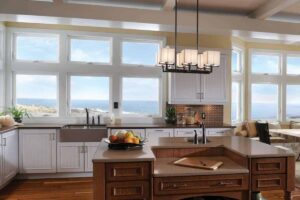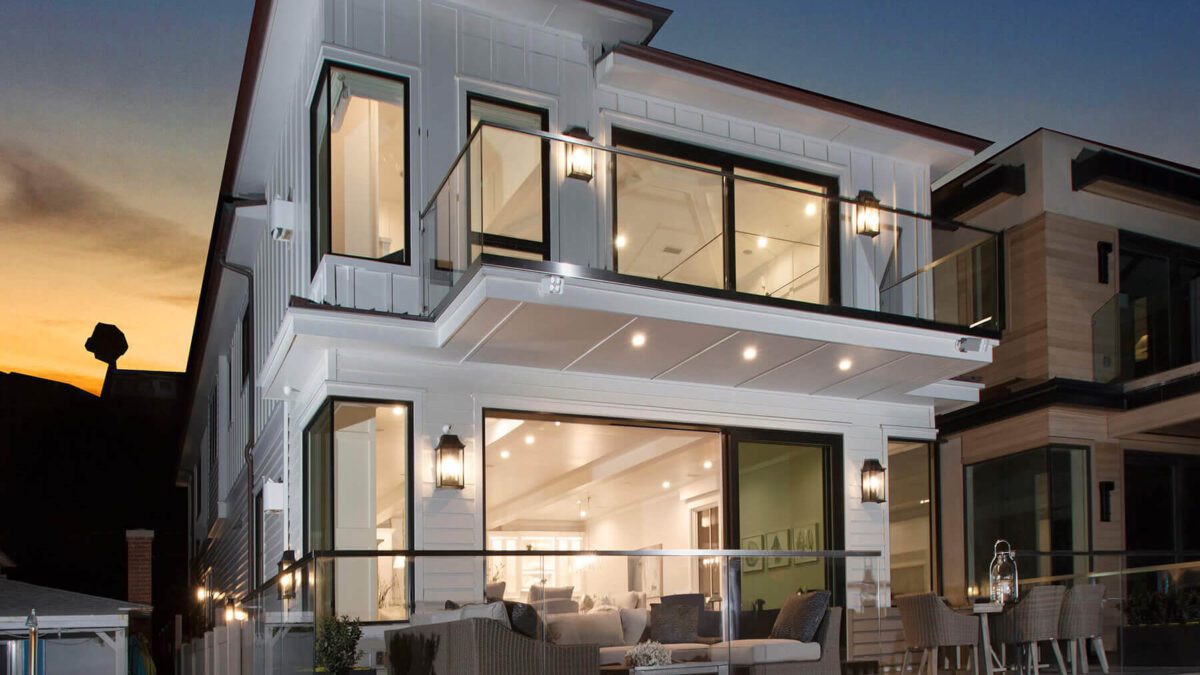What is the Ideal Glass for Skylight? An Overview of Skylights
Imagine turning that dark, gloomy extra room into a stellar interior observatory at night and a bright, sunny retreat during the day. Wouldn’t it be fantastic to let all that light in without having to put in windows that allow your inquisitive neighbor down the street to see right into the space? Experts at Irvine, CA windows recommend the information listed below.
Skylights are the simple answer. Maybe you’ve been avoiding skylights because you’ve heard grotesque tales about leakage and other issues. Skylights are a somewhat illogical idea. After all, why would you want to make a hole in a magnificent roof?
The good news is that contemporary skylights have much higher levels of dependability than their vintage peers. You can have a weatherproof home with plenty of natural light. Simply make a plan for your skylight fitting and select the ideal skylight.
Need help with how to select a skylight? To help you choose the ideal skylight, we have compiled the necessary information on skylight types, materials, and coating choices.
Ready? Let’s get going.
What environmental factors must your roof withstand?
Let’s first discuss the difficult circumstances your skylights must withstand before we determine which types of glass are best for skylights.
LED UV
That lovely natural light first travels through the skylight before entering your chamber. Therefore, the material your skylight is constructed of must be intended to withstand prolonged UV light exposure.
Precipitation
All of these harsh weather conditions fall directly on your roof and windows, including rain, snow, sleet, hail, and ice. Verify that they can handle it.
Impact
Although other airborne debris from a strong windstorm can also cause damage, tree limbs are the most likely culprit for impact damage. Understand how collision damage will affect your skylight.
What varieties of windows are available?
There are two active types of skylights, offering you a choice in how your skylight works.
Fixed/Inoperable
Fixed or inoperative skylights do not open and shut, despite how they may sound. They merely stand still and allow light to enter.
Venting/Operable
Select a venting or operable type of skylight if you want it to operate more like a window and let both light and air in. On costly versions, built-in rain and moisture sensors allow these skylights to open automatically or manually with remote control.
What components makeup skylights?
When you allude to your material choices as “glazing options,” you sound like you know what you’re talking about.
Plastic
Plastic or various kinds of glass can be used to glaze skylights, though glass is typically preferred.
Which skylight glass do you pick—does it matter? Indeed, it does, so let’s examine each benefit and drawback.
The original glazing material, plastic, has been in use for a very long period. It has a few benefits but many drawbacks as well, and it is a less popular option now.
Glass
Glass is the favored material for skylight glazing, and there are many types of glass to choose from. They each have their special qualities and some similarities and differences.
Skylights can add light while preserving visual privacy in a space that would otherwise be dark.
Remember to pick a roof that can withstand all the challenges it will encounter. Both plastic and glass are choices for skylight glazing, though glass is typically preferred. Tempered-over-laminated glass is the finest type of glass for a skylight, and coatings can be added to improve the skylight’s performance further. Therefore, if you are interested in installing your windows at your home, seek assistance from Irvine, CA windows.




